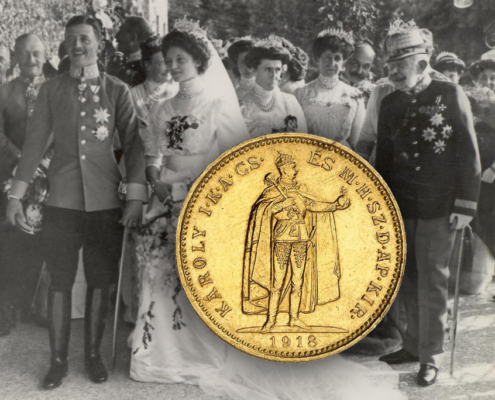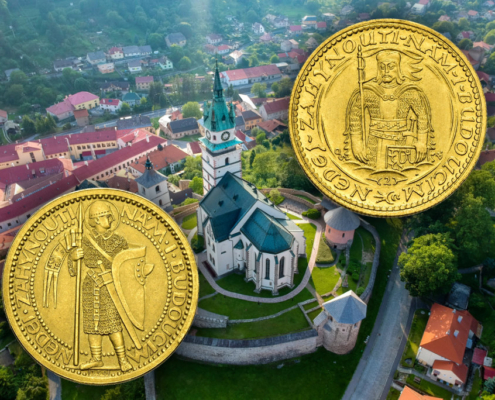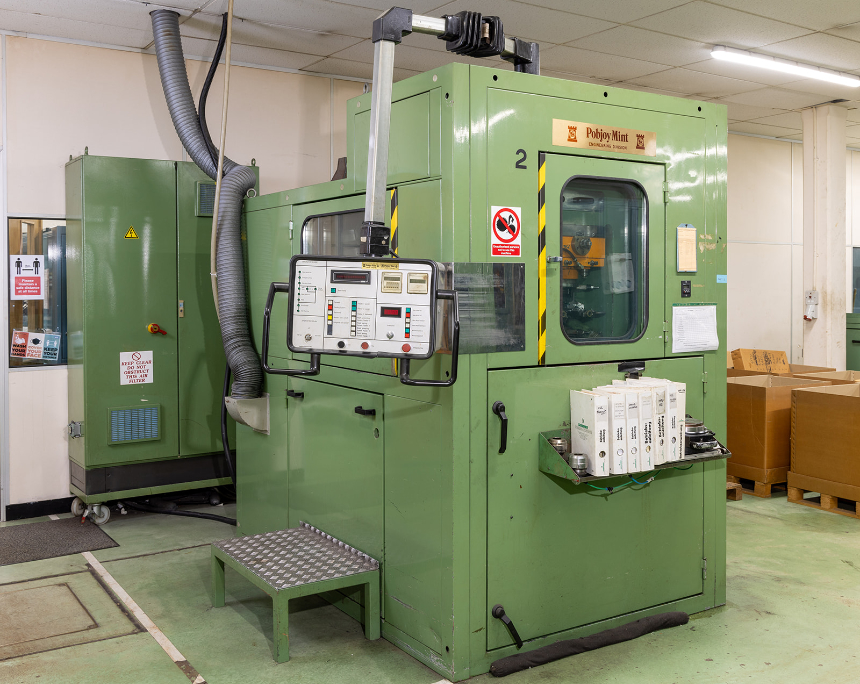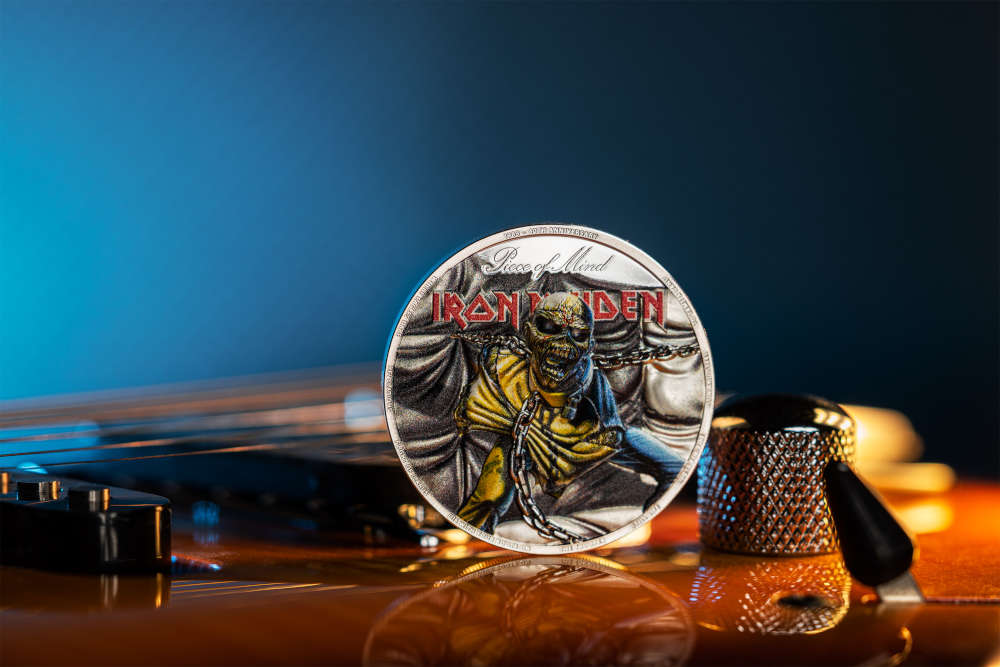Friedrich Wilhelm, the Great Elector.
Ducat 1686 LCS, Berlin.
Extremely rare.
Attractive piece.


Maximilian II.
Ducat 1855.
Only a few pieces are known.
Extremely fine-uncirculated.

Ferdinand Albrecht I.
Löser in the weight of 4 Reichstalers 1670, Clausthal.
Extremely rare.
Attractive piece.

Friedrich Adolf.
5 Ducats 1711, Detmold.
Only known piece.
Extremely fine-uncirculated.

6 Ducats, n. d. (1765-1790), with the title of Joseph II.
NGC MS 62 PL.
Extremely rare.
Attractive piece from polished dies.
Almost uncirculaed.

Johann Adolf, 1590-1616.
Portugalöser (10 ducats) n.d., Eutin.
Extremely rare and of particular
significance in monetary history.
Attractive piece.

Leopold I, 1657-1705.
20 Ducats, n. d. (after 1666), Hall,
by M. König.
Extremely rare.
Almost extremely fine.

Archive: People and Markets
A Highly Unusual Auction: Assets From Pobjoy Mint for Sale
Following the end of Pobjoy Mint last year, an online auction will present over 200 lots with the mint’s equipment next week. The sale features coining presses, machine tools, fabrication machinery, print and packaging equipment and more.
CIT’s Iron Maiden – Piece of Mind
Again CIT pays tribute to the British heavy metal band Iron Maiden. In 2023, CIT’s coin is dedicated to the band’s fourth studio album “Piece of Mind”.
Archive: Coins, Medals and more

Charles I of Austria-Hungary: A Hapless Emperor Who Was Beatified
In the context of its Summer Auction Sales, Künker will offer the only gold coin of the last Austro-Hungarian Emperor that is available on the market. Johannes Nollé tells the story of this coin and its commissioner, who died in Madeira aged only 35.

The First Years of Czechoslovak Coinage
SINCONA will auction off an impressive collection of Czechoslovak patterns. The offer includes a pattern for the Wenceslas Ducat of which only two specimens exist. Moreover, the sale features the very specimen of the Wenceslas Ducat that President Mazaryk gave to the family of the murdered Finance Minister Rašín.













When Coins meet Comics: United States Mint and Warner Bros. Join Forces
The Historic modern culture partnership is a first of its kind for the United States Mint. Collectors are invited to vote for their favorite superheroes that will be appearing on US coins soon.
Inclusive Numismatics Conference
This conference at the Bank of England is a space where women, people of colour, those from the LGBTQ+ community and anyone who has not yet found the right forum for their passion can feel included. Proposals for papers are still accepted.